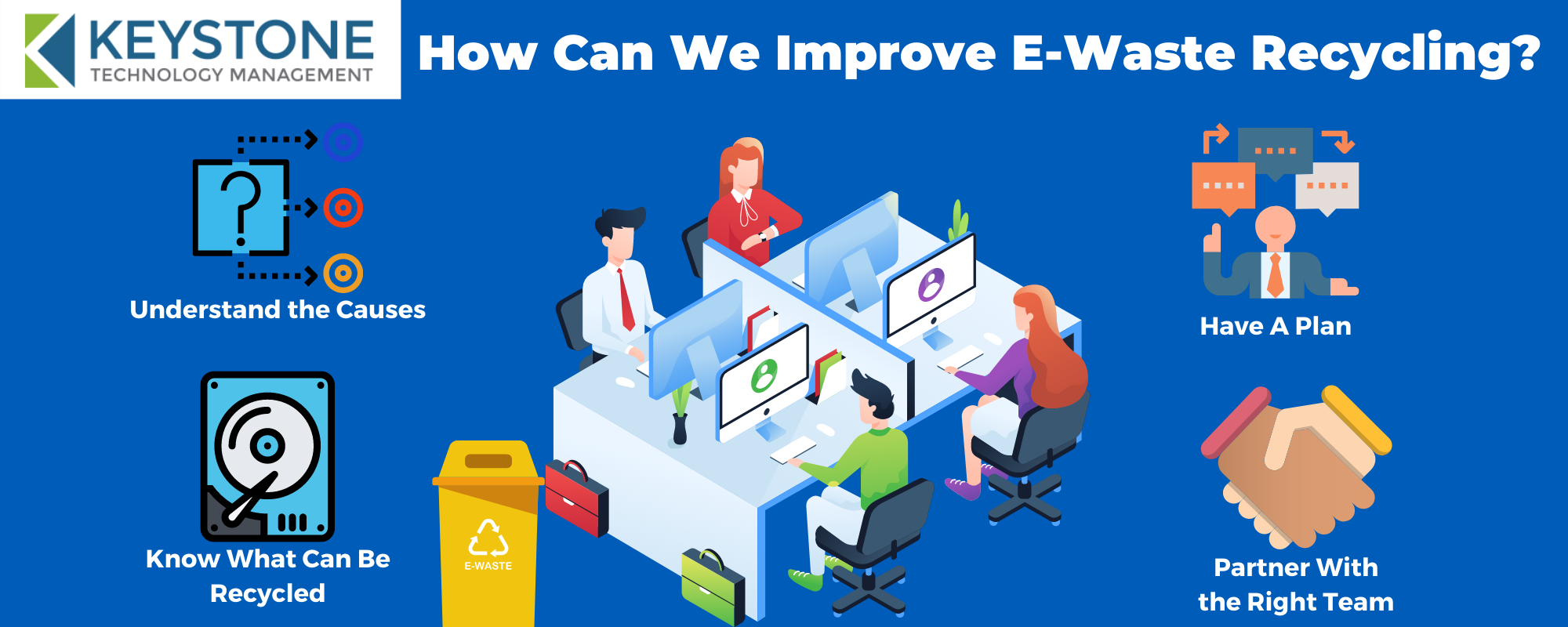Some Known Details About Recycling Lives Services
Table of ContentsExcitement About Recycling Lives ServicesRecycling Lives Services Fundamentals ExplainedThe Best Guide To Recycling Lives ServicesA Biased View of Recycling Lives ServicesThe Of Recycling Lives Services

You can take all household electric items to Oxfordshire's waste reusing centres for reusing. If your product is in functioning problem, think about donating it. If your electric item is damaged, you can try to find a local repair service caf where volunteers can fix it. You might likewise consider borrowing electric items that you don't use often. Additionally, all Oxfordshire local authorities approve vapes and e-cigarettes as a different kerbside collection. Just how they are collected in each area varies a little; check you have the proper information for your location.
Portable batteries the kind you discover in small handheld devices can additionally be recycled at the kerbside however not inside any of your bins. Larger shops that sell batteries additionally have collection points for reusing old batteries.
Recycling Lives Services Fundamentals Explained
Older-style filament or halogen light bulbs can be disposed of in your basic rubbish container in the house. Some do it yourself shops additionally have collection points for light bulbs. Little electric products (tiny adequate to suit a service provider bag) can be recycled at our waste reusing centres or at the kerbside. recycling lives services.

Recycling Lives Services - An Overview
Electric products are damaged down right into different pasts to ensure that the various products they are comprised of can be removed and recycled. Waste recycling centres are for usage by householders just and can decline waste from commercial resources. Nonetheless, local business and traders have a duty of care under this scheme, which indicates they also have to abide by the WEEE regulations.
E-waste, electronic waste, e-scrap and end-of-life electronic devices are terms commonly utilized to explain used electronic devices that are nearing the end of their valuable life, and are thrown out, given away or provided to a recycler. The UN defines e-waste as any discarded products with a battery or plug, and features hazardous and unsafe substances such as mercury, that can present serious risk to human and environmental health and wellness.
7 Simple Techniques For Recycling Lives Services
Just 17.4% of this electronic waste, having a mix of damaging materials and precious materials, will certainly be videotaped as being appropriately accumulated, treated and reused - http://www.place123.net/place/recycling-lives-services-preston-united-kingdom. Many efforts are undertaken to tackle this growing problem, but none of them can be completely reliable without the energetic role and appropriate education and learning of customers

Furthermore, extracting disposed of electronic devices creates 80% less discharges of co2 each of gold compared to mining it from the ground. In 2015, the extraction of basic materials represented 7% of the globe's power consumption. This suggests that moving in the direction of the usage of even more second basic materials in digital goods might help significantly within the targets laid out in the Paris Agreement on environment modification.
See This Report on Recycling Lives Services
When the carbon dioxide released over a device's lifetime is taken into consideration, it primarily occurs during manufacturing, before consumers webpage acquire a product. This makes reduced carbon processes and inputs at the manufacturing phase (such as use recycled raw materials) and item life time vital factors of total ecological impact.
Also in the EU, which leads the globe in e-waste recycling, simply 35% of e-waste is officially reported as correctly gathered and reused. Internationally, the standard is 20%; the remaining 80% is undocumented, with much winding up hidden under the ground for centuries as landfill. E-waste is not naturally degradable. The absence of reusing weighs heavily on the worldwide digital sector and as devices become extra many, smaller sized and a lot more intricate, the issue escalates.
The remaining mass of e-waste mainly plastics laced with metals and chemicals poses a much more unbending issue. A new vision for the manufacturing and consumption of digital and electric products is needed. It is easy for e-waste to be framed as a post-consumer trouble, however the issue includes the lifecycle of the tools everybody utilizes.